Cultural Influences on Home Design Preferences

Cultural Influences on Home Design Preferences refers to the ways in which the cultural backgrounds, traditions, and values of residents in Toronto impact their choices and preferences in home design. It acknowledges that people from diverse cultural backgrounds bring unique perspectives and preferences when it comes to how they want their homes to look and feel. Factors such as cultural heritage, lifestyle practices, religious beliefs, and aesthetic preferences all play a significant role in shaping the design choices individuals make for their living spaces. This heading suggests exploring how these cultural influences manifest in the architecture, interior design, and overall aesthetics of homes across Toronto’s diverse communities.
Integrating Tradition with Modernity in Toronto Homes
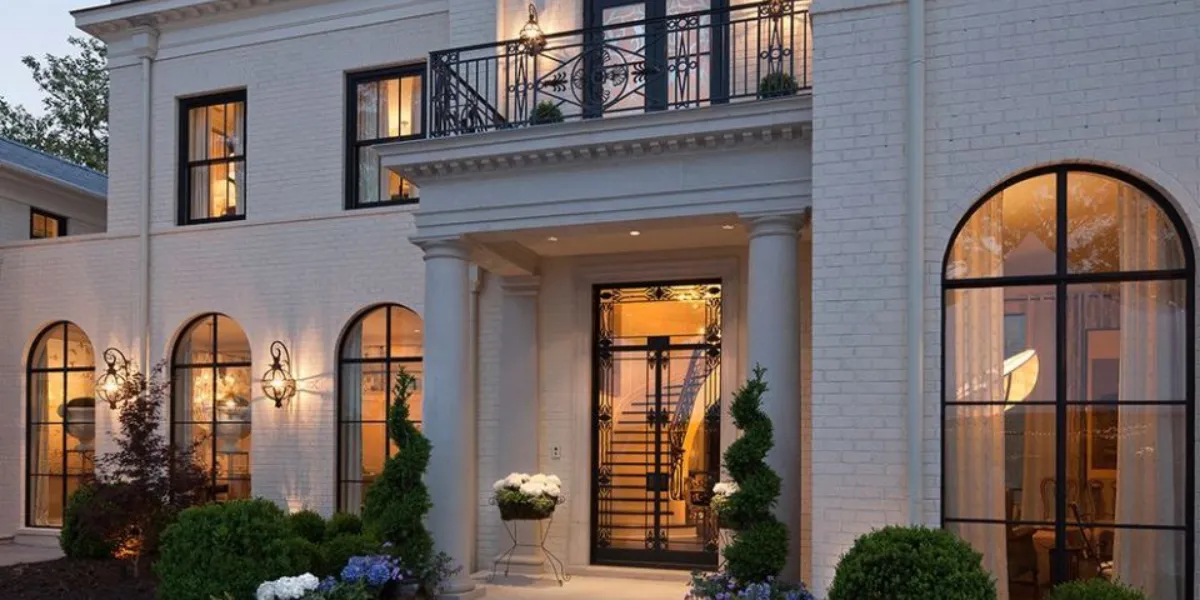
Integrating Tradition with Modernity in Toronto Homes encapsulates the concept of blending traditional architectural and design elements with contemporary styles and features within residential spaces in Toronto. It recognizes the rich cultural heritage and diverse traditions present in the city while acknowledging the evolving preferences and lifestyles of its residents. This heading suggests exploring how homeowners and designers incorporate traditional elements such as architectural motifs, materials, or cultural symbols into modern home designs. It highlights the harmony between preserving cultural identity and embracing contemporary aesthetics, reflecting the dynamic fusion of past and present within Toronto’s residential architecture and interior design landscape.
Contemporary Trends in Toronto’s Multicultural Home Designs
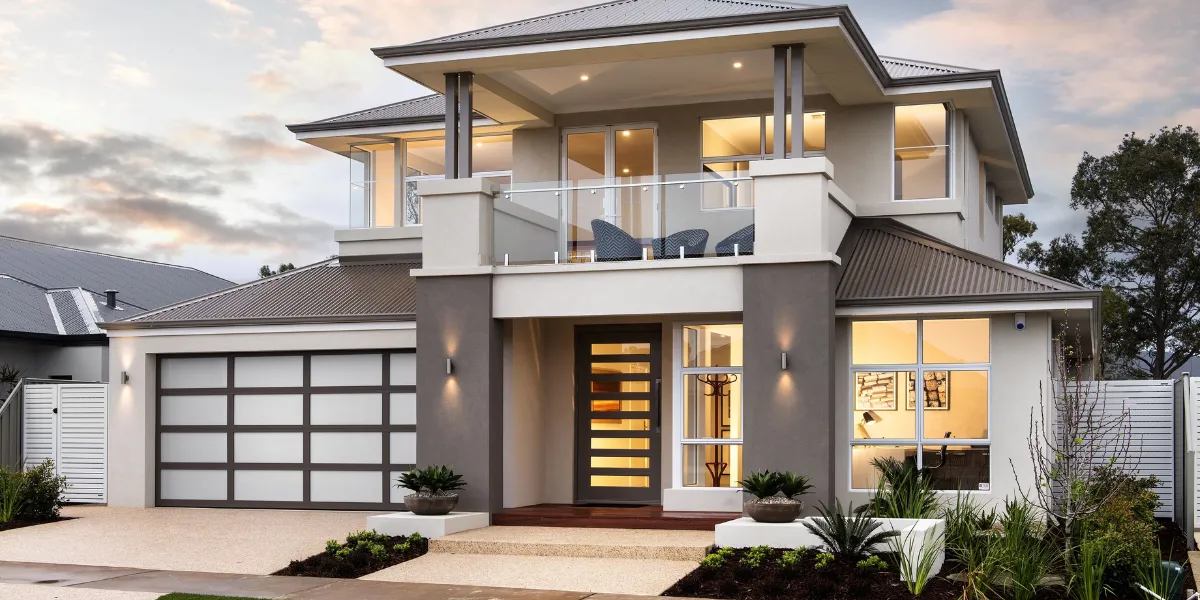
Contemporary Trends in Toronto’s Multicultural Home Designs delves into the prevailing and emerging design movements and preferences within the diverse residential landscape of Toronto. It acknowledges the city’s multicultural population and how this diversity influences the latest trends in home architecture, interior design, and decor. This heading suggests exploring the modern design choices, color palettes, spatial layouts, and decor styles that resonate with Toronto’s multicultural communities. It may involve examining how various cultural influences intersect with contemporary design principles to create unique and vibrant living spaces reflective of the city’s cosmopolitan identity. Overall, this heading invites an exploration of the innovative and culturally diverse approaches to home design that characterize contemporary trends in Toronto.
Adapting Spaces for Varied Cultural Practices
Adapting Spaces for Varied Cultural Practices refers to the process of modifying or designing residential spaces in Toronto to accommodate the diverse cultural customs, traditions, and practices of its inhabitants. This heading acknowledges that different cultural groups may have specific needs and preferences when it comes to how they utilize their living environments. It suggests exploring how architects, interior designers, and homeowners adapt home layouts, furnishings, and amenities to align with cultural rituals, family dynamics, and social activities.
For instance, some cultural practices may require designated areas for prayer or meditation, while others may prioritize communal spaces for family gatherings or cooking traditions. Adapting spaces could involve incorporating flexible layouts, multipurpose rooms, or culturally significant design elements to create inclusive and functional living environments. Overall, this heading invites an examination of the ways in which residential spaces in Toronto are tailored to accommodate and celebrate the diverse cultural practices of its residents.
Fusion of Global Styles in Toronto’s Residential Architecture
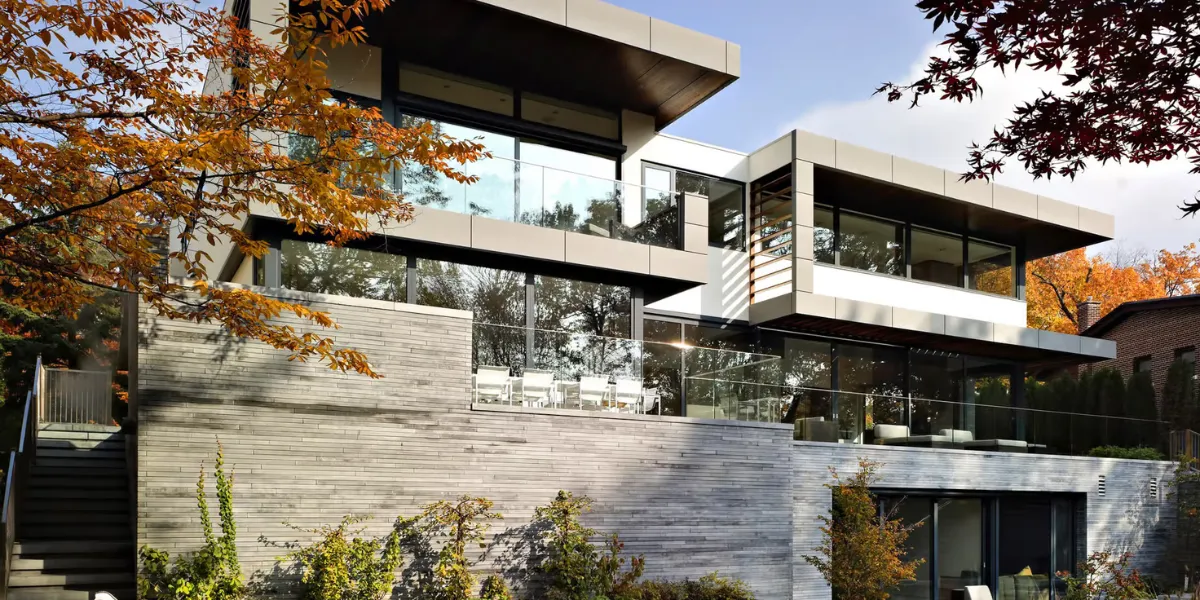
Fusion of Global Styles in Toronto’s Residential Architecture encapsulates the concept of integrating architectural elements, influences, and styles from various cultures and regions around the world within the context of residential buildings in Toronto. This heading acknowledges the multicultural nature of the city and how it manifests in the architectural landscape.
It suggests exploring how architects and designers draw inspiration from diverse global traditions to create unique and eclectic residential structures. This fusion may involve blending traditional building techniques, materials, and ornamentation with contemporary design principles and technologies.
For example, a residential building in Toronto might incorporate elements of Mediterranean architecture, such as arched windows or terracotta roofs, alongside modern features like minimalist interiors and energy-efficient systems. Similarly, influences from Asian, European, African, and Indigenous architectural styles might be evident in various residential projects across the city.
Overall, this heading invites an exploration of how the fusion of global architectural styles contributes to the rich and dynamic character of Toronto’s residential architecture. It highlights the city’s openness to cultural diversity and its role as a melting pot of architectural innovation and creativity.
Sustainable Design Solutions for Culturally Diverse Homes
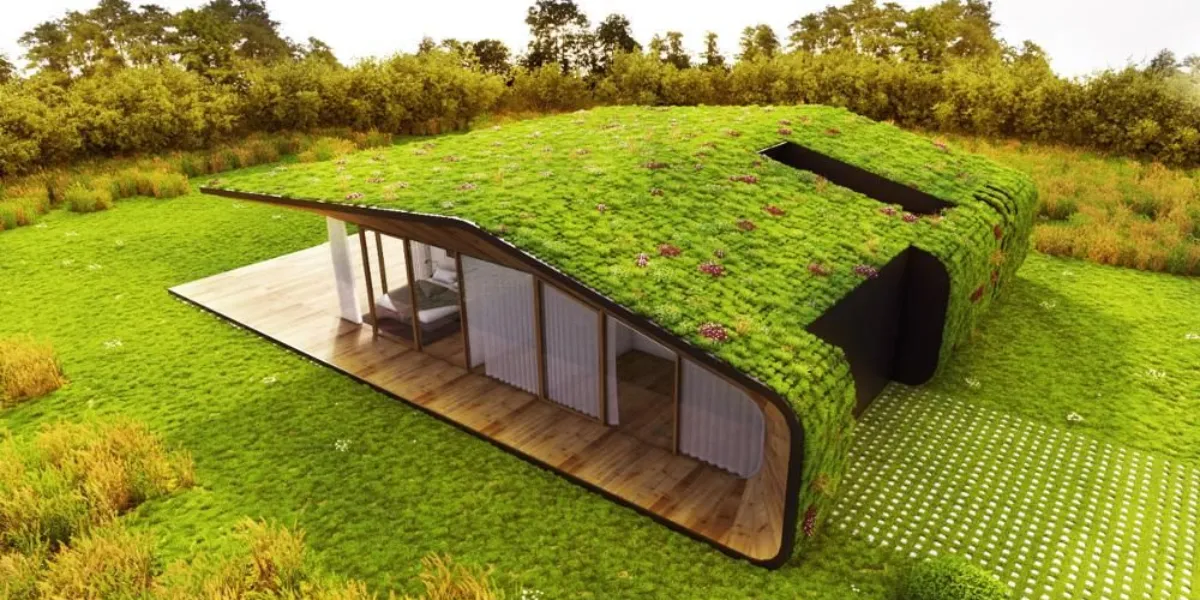
Sustainable Design Solutions for Culturally Diverse Homes explores the intersection between environmentally conscious design practices and the diverse cultural needs and preferences found within residential spaces in Toronto. This heading acknowledges the importance of sustainability in modern architecture and design while recognizing the unique cultural contexts of different communities.
It suggests examining how sustainable design principles, such as energy efficiency, resource conservation, and environmentally friendly materials, are integrated into homes tailored to meet the diverse cultural requirements of Toronto’s residents. This could involve strategies such as passive solar design, rainwater harvesting systems, green roofs, or the use of locally sourced and renewable materials.
Furthermore, it considers how sustainable design solutions can align with cultural values related to stewardship of the environment, frugality, and respect for natural resources. For example, a sustainable home design for a culturally diverse family might incorporate features that support traditional gardening practices, food preservation methods, or waste reduction strategies.
Overall, this heading invites an exploration of how sustainable design solutions can be adapted and tailored to meet the specific cultural and environmental needs of diverse communities in Toronto, contributing to both ecological resilience and cultural sustainability.
Inclusive Design Approaches for Multi-Ethnic Neighborhoods
Inclusive Design Approaches for Multi-Ethnic Neighborhoods addresses the importance of creating residential spaces and communities in Toronto that are accessible, welcoming, and accommodating to people from diverse cultural backgrounds. This heading acknowledges the multicultural fabric of the city and the need for inclusive design principles to ensure that everyone feels valued and represented within their living environment.
It suggests exploring how urban planners, architects, and community developers employ inclusive design strategies to foster social cohesion and equity within multi-ethnic neighborhoods. This may include designing public spaces and amenities that are accessible to people of all ages, abilities, and cultural backgrounds, as well as promoting social interaction and cultural exchange.
Inclusive design approaches may involve incorporating features such as multilingual signage, culturally relevant programming, universal design elements, and community engagement initiatives to ensure that the needs and perspectives of all residents are considered and respected.
Overall, this heading invites an examination of how inclusive design principles can be applied to create vibrant, cohesive, and culturally diverse neighborhoods in Toronto where everyone feels a sense of belonging and inclusion. It highlights the importance of fostering social cohesion and understanding within multicultural communities through thoughtful and inclusive urban design.
Personalization and Customization in Toronto’s Diverse Home Interiors
Personalization and Customization in Toronto’s Diverse Home Interiors explores the trend of homeowners in Toronto adapting their interior spaces to reflect their individual tastes, lifestyles, and cultural backgrounds. This heading acknowledges the city’s diverse population and the desire for residents to imbue their living spaces with elements that are meaningful and reflective of their identities.
It suggests examining how homeowners utilize personalization and customization techniques to tailor their interiors to suit their preferences and needs. This could involve incorporating unique decor items, artwork, textiles, and furnishings that resonate with their cultural heritage or personal experiences.
Furthermore, it considers how customization extends beyond aesthetics to encompass functional adaptations that enhance daily living. This might include modifications to accommodate specific cultural practices, family dynamics, or lifestyle preferences, such as creating designated spaces for prayer or meditation, integrating multi-generational living arrangements, or optimizing layouts for social gatherings and entertainment.
Overall, this heading invites an exploration of how homeowners in Toronto leverage personalization and customization to create homes that are not only aesthetically pleasing but also deeply meaningful and reflective of their diverse cultural identities and lifestyles. It highlights the role of interior design as a means of self-expression and cultural celebration within the city’s residential landscape.
Balancing Functionality with Aesthetics Across Cultural Preferences
Balancing Functionality with Aesthetics Across Cultural Preferences examines the intricate relationship between the practical aspects of home design and the aesthetic preferences of individuals from diverse cultural backgrounds in Toronto. This heading acknowledges that successful residential design must strike a harmonious balance between functionality and beauty while accommodating the varied tastes and needs of different cultural groups.
It suggests exploring how architects, interior designers, and homeowners navigate this balance by integrating functional considerations with aesthetic elements that resonate with cultural preferences. This could involve designing spaces that not only look visually appealing but also support the daily activities, rituals, and traditions of the inhabitants.
For instance, in a culturally diverse household, the kitchen layout might be optimized for both cooking practices and social gatherings, while incorporating design elements that reflect the family’s cultural heritage. Similarly, bathrooms might be designed to accommodate specific hygiene rituals or preferences, while still maintaining a cohesive and visually pleasing aesthetic.
Overall, this heading invites an examination of how designers and homeowners in Toronto navigate the complex interplay between functionality and aesthetics within residential spaces, taking into account the diverse cultural preferences and needs of the inhabitants. It underscores the importance of creating homes that are both practical and beautiful, reflecting the unique identities and lifestyles of their occupants.
Addressing Diversity in Urban Housing Development Strategies
Addressing Diversity in Urban Housing Development Strategies delves into the methods and approaches used to accommodate the diverse needs, preferences, and demographics within Toronto’s urban housing landscape. This heading acknowledges the rich cultural tapestry and socioeconomic diversity present in the city and emphasizes the importance of developing housing solutions that cater to these varied populations.
It suggests exploring how urban planners, developers, and policymakers design and implement housing development strategies that prioritize inclusivity, equity, and cultural sensitivity. This could involve initiatives such as mixed-income housing projects, affordable housing options, and innovative community-driven development models.
Furthermore, it considers how urban housing development strategies address the spatial and social needs of different cultural groups, including considerations such as access to amenities, transportation, and community services. This might involve incorporating design features that promote social interaction, cultural expression, and neighborhood vibrancy.
Overall, this heading invites an examination of how urban housing development strategies in Toronto are tailored to address the diverse needs and preferences of its residents, fostering inclusive and sustainable communities that reflect the city’s multicultural identity and values. It underscores the importance of taking a holistic approach to housing development that considers the social, cultural, and economic dimensions of urban life.
Click here for more visited Posts!

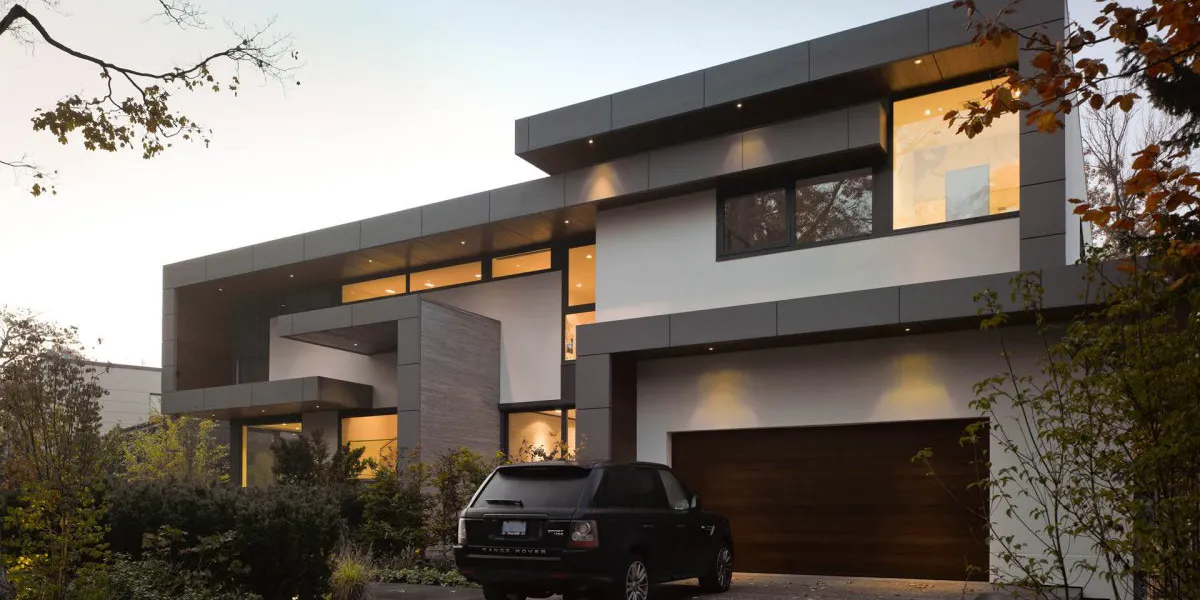
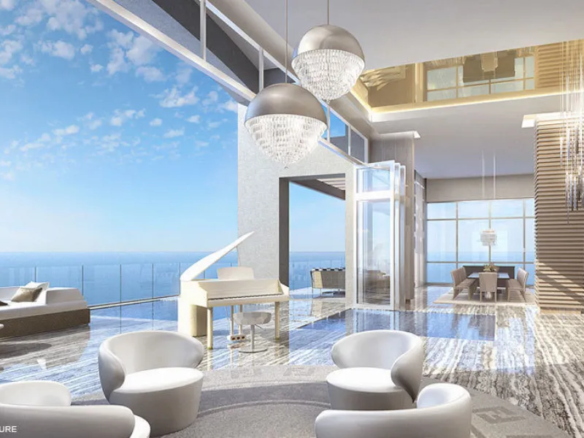


Join The Discussion